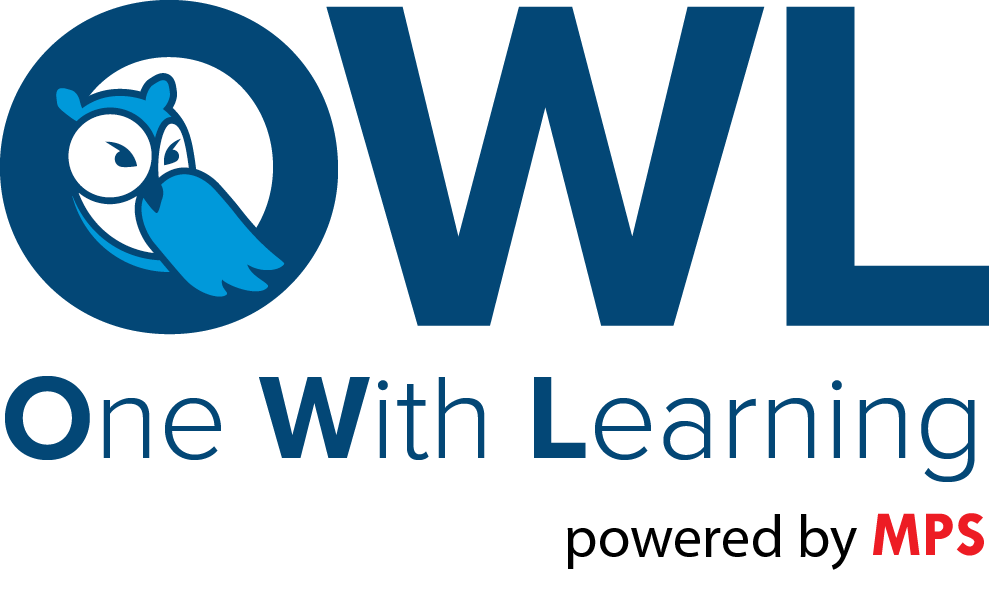This website may store or retrieve information on your browser, mostly in the form of cookies. This information might be about you, your preferences or your device and is mostly used to make the website work as you expect it to and give you a more personalized web experience. We respect your right to privacy, so you can choose not to allow some types of cookies. Click on the different category headings to find out more. You can accept or refuse our use of cookies, by moving the selector switch in each category to change our default settings. However, blocking some types of cookies may impact your experience of the site and the services we are able to offer you.


More than 1.5 billion people are currently learning English as a second language, yet many learning platforms still operate almost exclusively in English.
At the same time, the pandemic‑driven explosion of digital schooling showed what’s possible—and what’s missing. UNESCO notes that nearly 300 million learners in China alone moved online during school closures, underscoring how quickly demand for multilingual digital content can surge.
Add to that the 220 million Massive open online course (MOOC) enrollments recorded worldwide by 2021, and it becomes clear that online education is already operating at a truly global scale.
In this landscape, AI‑driven real‑time translation isn’t a nice‑to‑have—it’s an equity imperative that lets every learner engage in their own language the moment the lesson begins.
The Need for Real‑Time Translation in Online Learning
As online education reaches learners across the globe, one challenge stands out: language accessibility. Real-time translation isn’t just a tech upgrade—it’s a necessity for truly inclusive learning.
Global reach, local language
Online courses often attract students with varying levels of fluency in the instruction language. Real-time translation removes this barrier, allowing learners to engage in their native language from day one, boosting confidence and access.
Live learning needs live translation
Subtitles added after a session don’t help in-the-moment discussions or Q&As. Real-time tools enable students to participate as the class unfolds, making interactions more immediate and meaningful.
Better learning outcomes
Research shows students retain more and participate more actively when content is delivered in their first language. Real-time translation supports higher comprehension, engagement, and course completion—key markers of student success.
In short, if education is to be truly global, it must also be linguistically inclusive—and that starts with real-time AI translation.
How AI Enables Real‑Time Translation
Real-time translation in education is no longer futuristic—it’s already transforming classrooms worldwide. Powered by advanced AI, this capability relies on three core technologies working in sync: Automatic Speech Recognition (ASR), Neural Machine Translation (NMT), and Text to speech (TTS). Together, they form a seamless speech-to-speech translation pipeline, converting live lectures into multiple languages almost instantly.
1. Automatic Speech Recognition (ASR)
ASR is the first step, converting spoken language into text in real-time. Modern systems, like Transformer-Transducer or Conformer models, process audio in tiny chunks, recognizing words as they’re spoken. Low-latency streaming models can now deliver accurate transcripts with under 300 milliseconds of delay, making them ideal for live lessons and discussions.
2. Neural Machine Translation (NMT)
Once transcribed, the text is translated into the learner’s preferred language using large, transformer-based NMT models. These models understand context and tone, important for academic content. Tools like Meta’s NLLB-200 can translate 200+ languages and even start translating before a sentence ends, thanks to simultaneous translation capabilities.
3. Speech Synthesis (TTS)
Finally, Text to speech systems convert translated text back into spoken language. Cutting-edge tools like VALL-E 2 use zero-shot voice cloning to replicate the original speaker’s tone and style, ensuring translated speech sounds natural and engaging, with latency under 500 milliseconds.
Here is how all of this is brought together:
- ASR captures and transcribes speech in real time
- NMT translates as the sentence unfolds
- TTS voices the translation nearly instantly
Many platforms have already begun offering this full pipeline in 130+ languages, delivering end-to-end translation with under one second of total delay, making global, multilingual classrooms not just possible, but practical.
Benefits of AI‑Powered Translation in Education
AI-powered real-time translation tools are not just enhancing how we teach—they’re transforming who gets to learn, how they engage, and what they can accomplish together. From breaking down linguistic barriers to boosting classroom engagement and enabling global teamwork, here’s how this technology is opening new doors in education:
1 · Improved access & educational equity
Language should never be a barrier to learning, yet for millions of students around the world, it still is. Complex subjects like science, mathematics, or history are already cognitively demanding—having to mentally translate them into one’s native language adds a layer of difficulty that can disproportionately impact non-native speakers.
Real-time translation levels this playing field by allowing students to consume dense academic material—formulas, programming code, or culturally nuanced discussions—in their strongest language. This doesn’t just enhance understanding; it affirms the learner’s identity and dignity in the classroom.
According to a recent report by MRCC EdTech, the introduction of AI translation in hybrid classrooms led to a significant increase in active participation among English language learners. When students can confidently follow along in real-time, they are more likely to raise questions, contribute to discussions, and take academic risks, leading to richer learning outcomes.
2 · Stronger engagement and comprehension
One of the most underappreciated cognitive burdens for bilingual or multilingual learners is the constant need to translate internally. This mental load can hinder attention, delay response times, and limit how deeply students engage with course material.
AI-driven translation tools remove that burden by delivering seamless, near-instantaneous translation in real time. This frees up working memory and cognitive resources that would otherwise be spent decoding language, allowing learners to focus on understanding, problem-solving, and critical thinking instead.
Cognitive load theory supports this: when learners are not multitasking between language decoding and content processing, they tend to retain information more effectively and perform better on assessments.
Even in the world of language learning itself, the impact has been remarkable. Duolingo, one of the world’s most popular language platforms, has started using generative AI to power live conversational drills. CEO Luis von Ahn recently described the result as “hugely transformational,” noting dramatic increases in engagement and time spent within lessons. If these gains are this significant in language apps, imagine their potential across full academic curriculums.
3 · Seamless international collaboration
In a globalized world, education is no longer confined by geography. But even when students from across the globe are brought together in virtual classrooms, language differences often isolate them into parallel conversations or limit true collaboration.
AI-powered translation erases those divisions. It allows students from Bogotá, Bangalore, and Berlin to work side-by-side on group projects, research presentations, and live discussions—each seeing and hearing content in their own language, without losing the thread of the conversation.
This technology is already being woven into the fabric of higher education. For example, Northeastern University’s 2025 partnership with Anthropic’s Claude AI has integrated real-time translation into cross-campus and international coursework. Students can collaborate across continents with the confidence that their ideas will be understood and valued, regardless of the language they speak.
Together, these benefits point to a larger truth: AI-powered translation is about more than just language—it’s about access, inclusion, and connection. As these tools become more accurate, intuitive, and embedded within educational platforms, they have the power to dramatically reshape how we teach, how we learn, and how we relate to one another across borders and backgrounds.


